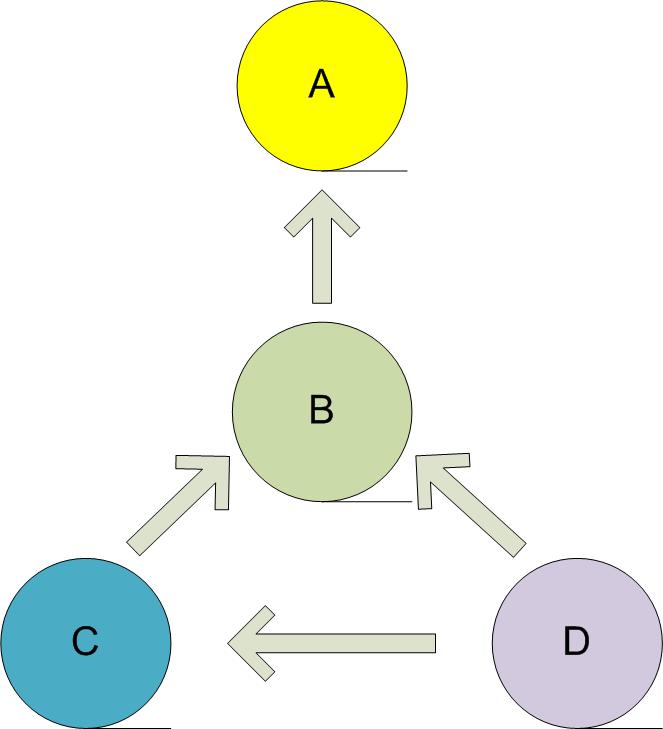You have /5 articles left.
Sign up for a free account or log in.
Increased international efforts generally lead to a recognition of the need for greater international visibility and enhanced capacity to attract international talent. An issue that regularly emerges when, as consultants, we work through SWOT exercises with institutions is concern around the international section of the website. ‘It’s terrible!’ people say, ‘It doesn’t reflect what we are or what we do’, ‘I can’t find my course on it - how am I supposed to recruit any students?’, ‘Where’s research?’, ‘I just want to find a telephone number…’ It goes on. It is rare indeed if this view is not expressed forcefully. It is equally true that those responsible for the website, or for wider marketing activities, usually feel beleaguered and under-appreciated by their colleagues.
Often, the root cause of this impasse, and ultimately the key to its resolution, is an appreciation that marketing activities sit within the wider context of the university’s strategic plan and are dependent on strategic objectives being expressed clearly. This implies a hierarchy of priorities and an underlying framework on which the strategic plan is built.
A framework for the institutional strategic plan (and placing marketing within it)
What might this framework look like? Well, we usually talk about how strategic plans have four components:
- A statement of purpose, commonly expressed through vision and mission statements;
- an articulation of the key academic activities through which this purpose is pursued and ultimately delivered;
- an indication of supporting functions which enable these activities and;
- a discussion of how appropriate resources will be deployed to support them.
This framework represent a hierarchy of priorities: - the aims set out in A should be relatively stable - they represent the raison d’etre of the institution and ultimately it will be judged on the extent to which it is able to deliver them. The academic activities identified in B can change as circumstances require, but should be constantly evaluated against the extent to which they enable the aims set out in A to be achieved. If they do not, they should be either changed or deleted. Support functions in C should be managed with the objective of enabling the delivery of the academic activities set out in B, while the resources listed under D, usually understood to mean finance, but also human resources and physical estate, enable the functions and activities in C and B. As such, the underlying structure of the strategic plan might be depicted as:

A strategic approach to fixing the website
So, to return to our beleaguered marketeers - our experience is that the root cause of the general dissatisfaction is usually systemic: in functional terms, marketing is often disconnected from the rest of the institution and, as such, marketing activities, including the website, are managed in isolation. There is often a lack of understanding of where marketing sits within the framework (C - in case you were wondering) and of what exactly should be marketed (B activities). It is also not uncommon to find that access to the resources identified in D is severely limited. Very often, a small group, indeed, sometimes an individual with some technical knowledge, has been tasked with the responsibility of ‘fixing the website’. Unsurprisingly, this approach is rarely successful.
In the context of higher education, what might be the symptoms of this disconnect in the case of marketing? Ask yourself, do the marketing activities of your institution actively promote its principal activities? Do they, for example, identify and detail the courses on offer; enable potential students to find and apply for those in which they are interested and/or, provide a simple route through which those interested in research and outreach activities can learn about what is happening within the institution and contact those involved to explore the possibility of collaboration or exploitation? If your answer to these questions is ‘no’ or ‘not really’ then it is likely the problem is systemic rather than isolated, collective rather than individual.
Please - just fix the website!
Key to finding a resolution is to recognise that everyone has a responsibility for marketing activities and that they require a stream of regular and timely information from those responsible for delivering the principal activities. In a university, this means there is a need for regular contact between academic and marketing colleagues to develop not only a common understanding of the courses and activities to be marketed, but also of recruitment targets and the demographics of those whom the activity is seeking to target. Only then can those responsible for marketing begin to formulate a marketing strategy: to identify target audiences and develop the appropriate measures through which they will be contacted. Marketing cannot be simply delegated to marketing colleagues and forgotten about. Fixing the website requires a collaborative, and a strategic, approach.





